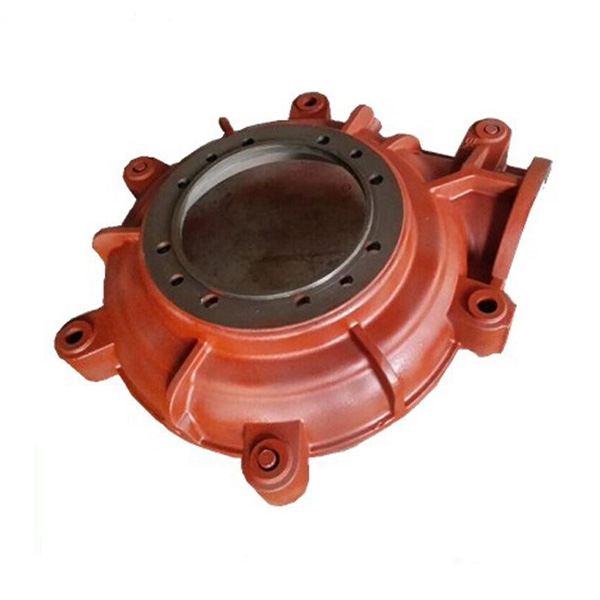Mobile:+86-311-808-126-83
Email:info@ydcastings.com
light metal casting
The Evolution and Importance of Light Metal Casting in Modern Industry
Light metal casting has emerged as a critical process in the manufacturing industry, owing to its lightweight characteristics, excellent mechanical properties, and adaptability in various applications. As industries strive for efficiency, sustainability, and cost-effectiveness, light metal casting has become an essential practice that promotes these goals. This article explores the evolution of light metal casting, its techniques, benefits, applications, and the future prospects of this innovative process.
Understanding Light Metals and Their Alloys
Light metals, primarily aluminum, magnesium, and titanium, are distinguished by their low density, making them ideal for applications where weight reduction is paramount. Among these, aluminum alloys are the most widely used in casting processes due to their favorable properties, such as high strength-to-weight ratio, corrosion resistance, and excellent thermal and electrical conductivity. Magnesium, although less common, is becoming increasingly popular in automotive and aerospace sectors due to its lightweight nature and good machinability. Titanium, while more expensive, is unparalleled in strength and corrosion resistance, making it valuable in specialized applications.
Historical Context of Light Metal Casting
The casting of light metals dates back to ancient civilizations, where artisans utilized rudimentary techniques to create everyday objects. However, with the advent of industrialization in the 19th century, the need for mass production led to improved casting methods. The invention of aluminum casting in the early 1900s marked a significant milestone, as it allowed for the creation of lightweight components that were previously unattainable. Over the decades, advancements in casting technologies and alloy compositions have further enhanced the efficiency and precision of the process.
Casting Techniques
There are several casting techniques used to process light metals, including sand casting, die casting, investment casting, and lost foam casting.
1. Sand Casting is one of the oldest and most versatile methods. It involves creating a mold from sand and pouring molten metal into it. This technique is particularly useful for larger components and allows for complex geometries.
2. Die Casting is a high-precision method that involves forcing molten metal under pressure into a mold. This process is quicker and produces components with fine surface finishes, making it suitable for high-volume production.
light metal casting

3. Investment Casting (also known as lost-wax casting) allows for remarkable detail and smooth finishes. It is ideal for intricate and high-integrity components, often found in the aerospace and medical industries.
4. Lost Foam Casting employs a foam pattern that is evaporated upon contact with molten metal, creating a mold cavity. This method allows for complex shapes and reduces the need for core removal.
Benefits of Light Metal Casting
The advantages of light metal casting are manifold. Lightweight components result in significant fuel savings in transportation, making it an eco-friendly choice. The excellent corrosion resistance of light metals contributes to longer product life cycles, which reduces waste. Additionally, the ability to design intricate shapes allows for the production of highly specialized components that can lead to innovation in many fields, particularly in automotive and aerospace engineering.
Applications in Modern Industry
Light metal casting plays a pivotal role in various sectors. In the automotive industry, it is used to manufacture engine blocks, transmission cases, and wheels, significantly contributing to vehicle weight reduction and improved fuel efficiency. In aerospace, the lightweight nature of aluminum and titanium components helps enhance aircraft performance while adhering to stringent safety regulations. Other areas of application include the electronics sector, where lightweight casings are essential for portable devices, and the marine industry, where corrosion resistance is vital.
Future Prospects
As industries increasingly prioritize sustainability and weight efficiency, the future of light metal casting looks promising. Innovations in casting techniques, such as 3D printing and advanced alloy development, are on the horizon, leading to even greater efficiencies and possibilities. The integration of smart technology and automation in casting processes will further optimize production while minimizing waste and energy consumption.
In conclusion, light metal casting is a crucial element of modern manufacturing, driving advancements across multiple industries. With ongoing research and development, the capabilities of light metal casting will continue to expand, contributing to a more sustainable and efficient industrial landscape. The evolution of this technology not only emphasizes the importance of lightweight materials but also highlights the pivotal role that innovative casting techniques play in shaping the future of manufacturing.
-
Why Should You Invest in Superior Pump Castings for Your Equipment?NewsJun.09,2025
-
Unlock Performance Potential with Stainless Impellers and Aluminum End CapsNewsJun.09,2025
-
Revolutionize Your Machinery with Superior Cast Iron and Aluminum ComponentsNewsJun.09,2025
-
Revolutionize Fluid Dynamics with Premium Pump ComponentsNewsJun.09,2025
-
Optimizing Industrial Systems with Essential Valve ComponentsNewsJun.09,2025
-
Elevate Grid Efficiency with High-Precision Power CastingsNewsJun.09,2025











